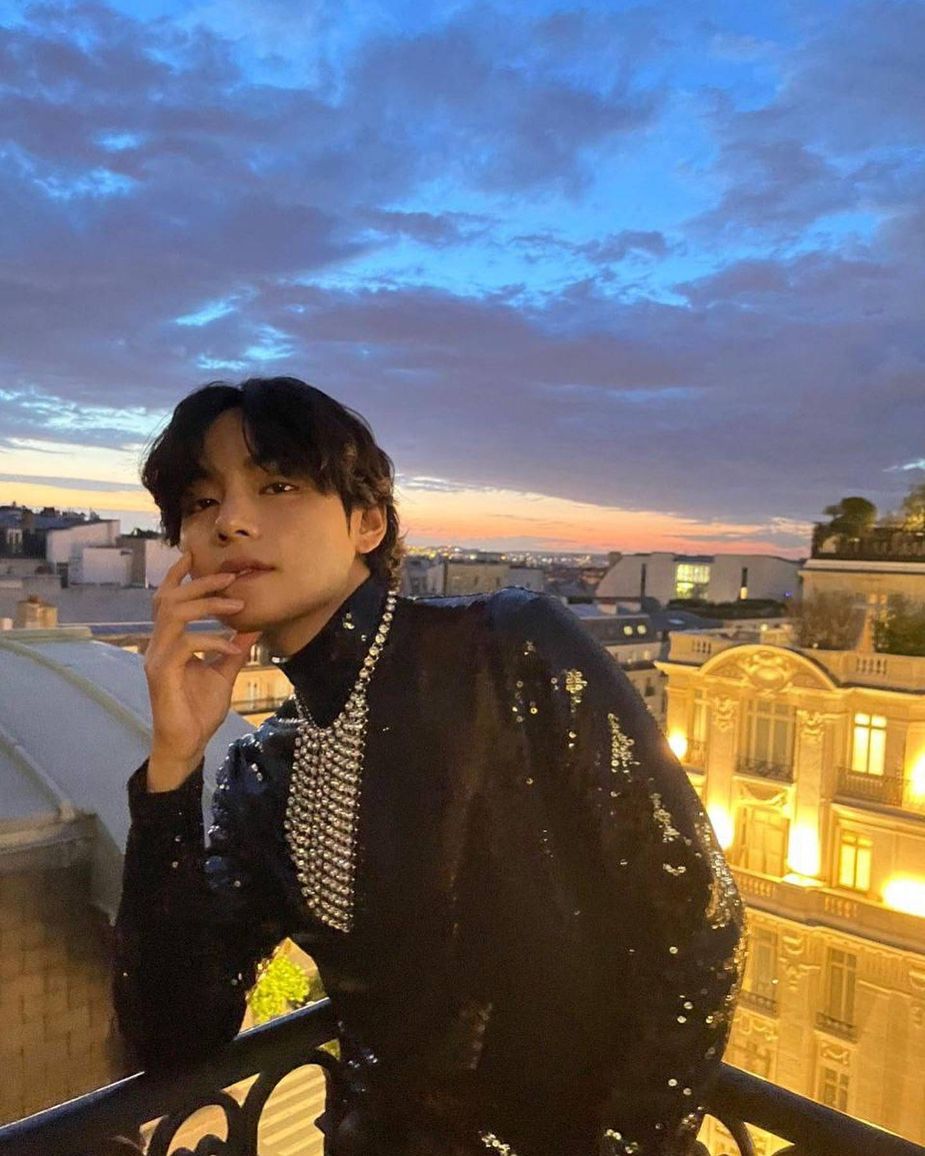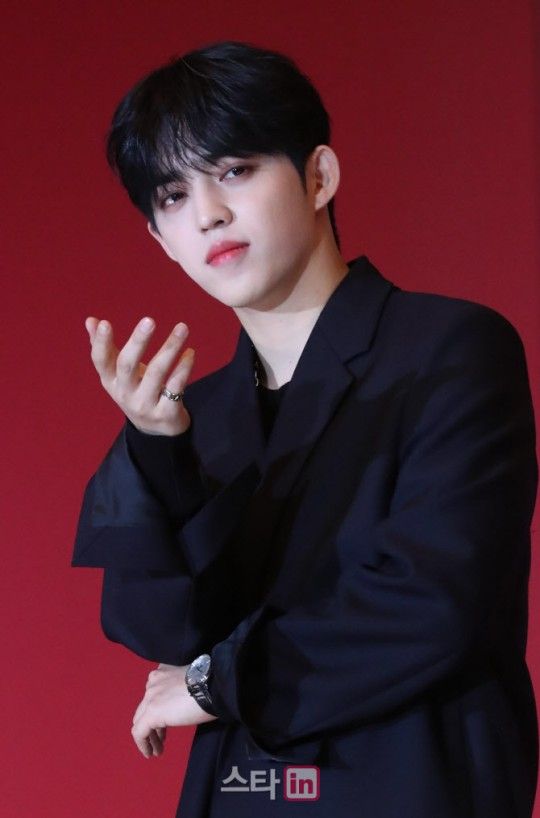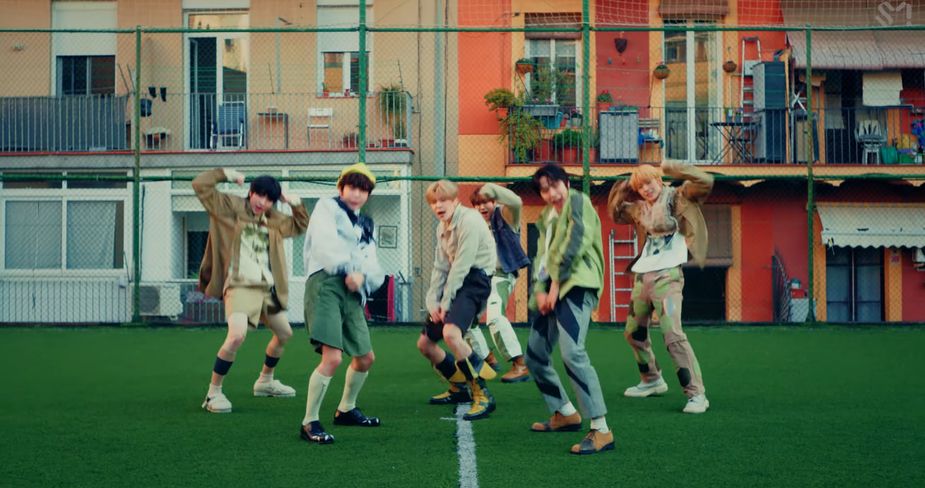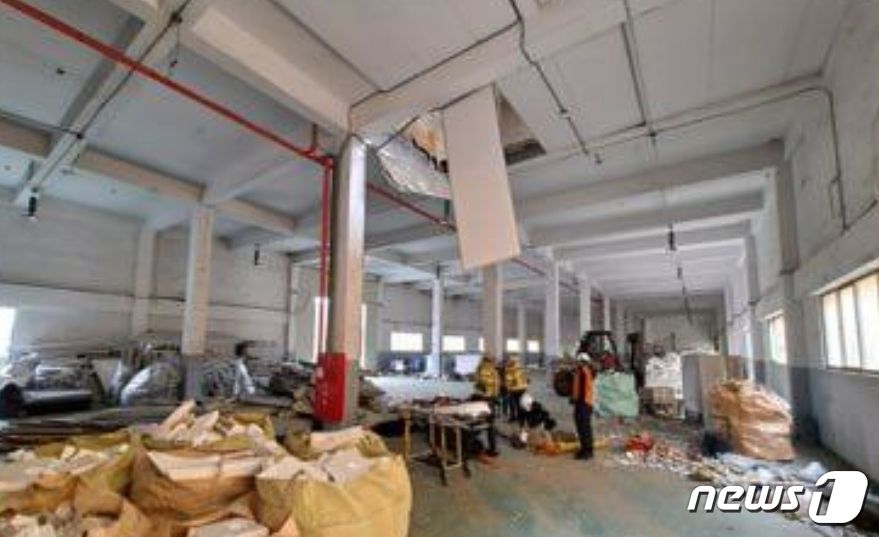BTS‘s maknae Jungkook is the final member to release his “Artist-Made Collection.”
It certainly did not disappoint either. ARMYs are loving both of his self-designed merchandise, the “ARMYST ZIP-UP HOODY” and the “MIKROKOSMOS MOOD LAMP.”
ARTIST-MADE COLLECTION BY #BTS
Merch. Style Photo – Jung Kook ver.🌌MIKROKOSMOS MOOD LAMP
BY Jung Kook#BY_BTS #BY_JungKook pic.twitter.com/yBppQQgNdf— HYBE MERCH (@HYBE_MERCH) January 21, 2022
However, the video and photo used to advertise the “MIKROKOSMOS MOOD LAMP” have received mixed reactions among ARMYs. They’re in awe of the product design itself…
jungkook literally made us a lamp for the lyrics of mikrokosmos 😭 “we’re all shining, in our own room, in our own stars. i got you, inside those pitch black nights” pic.twitter.com/KiU2Z8Gfqv
— lex⁷ (@prodK0YA) January 21, 2022
JUNGKOOK’S MOOD LAMP BLUETOOTH VOICE IS VOICED BY HIMSELF IM ACTUALLY CRYING
— joons uparupa (@420JOON) January 21, 2022
It’s the production design of the promotional materials that have raised concerns about alleged cultural appropriation. There appears to be an “indoor tent” to give off the vibe of “camping out under the stars,” even with remaining indoors in both the merchandise mood film and the official photo release.
ARTIST-MADE COLLECTION BY #BTS
Merch. Mood Film – Jung Kook ver.🌌MIKROKOSMOS MOOD LAMP
BY Jung Kook#BY_BTS #BY_JungKook pic.twitter.com/04sXwT9yRB— HYBE MERCH (@HYBE_MERCH) January 21, 2022
Indigenous ARMYs are pointing out that this is no ordinary tent. This one, in particular, is in the style of a teepee (also known as tepee and tipi), which, according to Wikipedia, are “distinguished from other conical tents by the smoke flaps at the top of the structure.” So, clearly based on the structure of the one used in HYBE MERCH‘s advertisement, it is exactly that.
The frame consists of thirteen poles from fifteen to eighteen feet in length, which, after being tied together at the small ends, are raised upright with a twist so as to cross the poles above the fastening. They are then drawn apart at the large ends and adjusted upon the ground in the rim of a circle usually ten feet in diameter. A number of untanned and tanned buffalo skins, stitched together in a form adjustable to the frame, are drawn around it and lashed together, as shown in the figure. The lower edges are secured to the ground with tent-pins. At the top there is an extra skin adjusted as a collar, so as to be open on the windward side to facilitate the exit of the smoke. A low opening is left for a doorway, which is covered with an extra skin used as a drop. The fire-pit and arrangements for beds are the same as in the Ojibwa lodge, grass being used in the place of spruce or hemlock twigs.
— Lewis H. Morgan
This kind of tent originates in Indigenous nations. The name “teepee” originates specifically from the Lakota (also known as Lakhota, Teton, or Teton Sioux).
Historically, the tepee has been used by some Indigenous peoples of the Plains in the Great Plains and Canadian Prairies of North America, notably the seven sub-tribes of the Sioux, among the Iowa people, the Otoe and Pawnee, and among the Blackfeet, Crow, Assiniboines, Arapaho, and Plains Cree. They are also traditional on the other side of the Rocky Mountains by tribes such as the Yakama and the Cayuse. They are still in use in many of these communities, though now primarily for ceremonial purposes rather than daily living. While Native American cultures and civilizations and First Nation band governments from other regions have used other types of dwellings (pueblos, wigwams, and longhouses), tepees are often stereotypically and incorrectly associated with all Native Americans in the United States and Aboriginal Canadians.
— Lewis H. Morgan & National Museum of the American Indian via Wikipedia
Marlee Jo, an Indigenous ARMY of MHA Nation/Standing Rock, quote-tweeted HYBE MERCH’s original post. She called out the company for cultural appropriation.
when will they stop using tipis so i can live my life in peace 🥸 they could have still showed how pretty the mood lamp was without it https://t.co/Oxdcy44MKs
— marlee jo🌻⁷ KAWHI STAN ACCOUNT🤚🏽 (@marleefinz) January 21, 2022
plz hybe u know u can make things look cute and aesthetic without doing ca. why do u need the tipi to show off how beautiful the lamp is 😕 my culture is not for you to use to try and sell things https://t.co/mkAkS84Ra3
— MJ🧚🏽⁷(•᷄ɞ•᷅)✨ia (kinda)#JIMIN (@jimin4chairman) January 21, 2022
Other Indigenous ARMYs recognized that for many, it went ignored, pointing out how few noticed why the teepee’s usage was inappropriate and wrong. They suggested this is why entertainment companies believe it is okay to continue the usage of cultural appropriation in concepts.
very disappointed… again. honestly i feel defeated. most ARMY don’t care about CA – especially when its CA of Indigenous ppls. so they won’t even bat an eye or question this photo 😔. https://t.co/6j0oJ0de5i
— Ojistoh⁷ (H) (@BeadsTS) January 21, 2022
be honest, did you notice the tipi and ignore it? cause ur part of the problem hybe is so comfortable https://t.co/HPwKAzXTqF
— yoongi’s rez girl (@yoongiswonk) January 21, 2022
A few non-Native ARMYs defended HYBE’s choice to use a teepee. One user who has since deleted their comments said, “this is common in korea, this is just a tent ……… it’s not that deep.”
They even used a teepee-style doghouse as an example. They argued that teepees’ commercial usage is so commonplace today that it’s okay to use it out of its cultural context.
ARMYs were shocked at this logic and that someone would respond to an Indigenous person’s valid concerns and complaints like this. They emphasized that it’s not “just a tent.” Actually, it’s sacred in Indigenous culture. Everything has meaning and should be respected.
The floor of the tipi represents the earth on which we live, the walls represent the sky and the poles represent the trails that extend from the earth to the spirit world (Dakota teachings). Tipis hold special significance among many different nations and Aboriginal cultures across North America.
— BikeHike
that’s the problem. it shouldn’t be normalized in korea because it’s not a tent, it’s a tipi. tipis are not tents. don’t tell an indigenous person what something is from their own culture. https://t.co/cwfWox8HcI
— cloud⁷⧖🧡 (@diorrmyg) January 21, 2022
It is very much similar to a tipi, sacred in our Native culture, and something that should not be used as a prop. Please don’t speak over Indigenous voices that feel bothered by this
— tatiana⁷ (@snowflowergifts) January 21, 2022
This simply shows that they have taken something sacred from indigenous cultures and commodified for animals which is still disrespectful. :/
— ♡ Jules GiveAway Era ♡⁷ (@K1MTA3HYVNG) January 21, 2022
Certainly, when someone attempts to explain something’s cultural significance and how its misusage negatively affects them, their voice should be not only heard but amplified instead of being ignored or disrespected. For years, Indigenous voices have been silenced. In actuality, they should be raised and learned from.
Many educational threads can be found on Twitter. You can check out one below:
I’m not seeing many ppl talking about tipi/teepee ca specifically… but it is commonly appropriated. pic.twitter.com/AQ6mAVb3cs
— Ojistoh⁷ (H) (@BeadsTS) July 16, 2021
Share This Post
Koreaboo









Leave a Reply